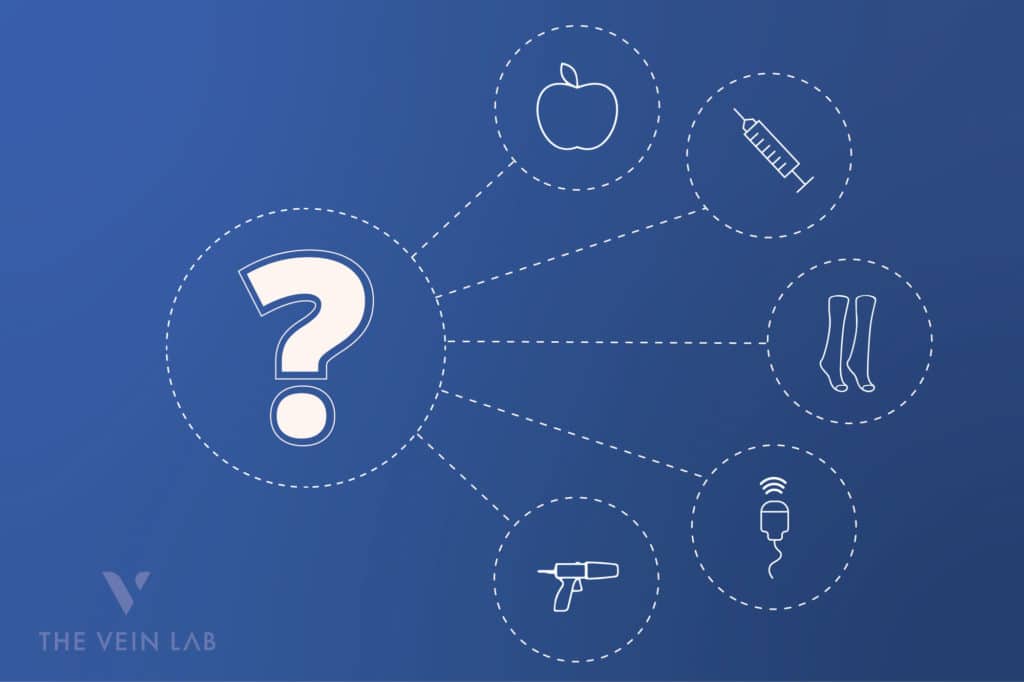Facial spider veins
What are facial spider veins?
Many people will develop spider veins on their face, also known as telangiectasias, at some stage of life. In most instances, facial spider veins are caused by sun damage; however, they are also common among people with rosacea, liver disease, or connective tissue distress like scleroderma, dermatomyositis, and lupus. The prolonged use of corticosteroids and pregnancy can also promote their development.
Why do they occur?
Spider veins on the face are common. They are caused by the capillaries in the skin becoming dilated due weakness in the vein wall.
Factors increasing your risk of developing facial spider veins include:
- Aging
- Genetics
- Excessive sun exposure
- Pregnancy
- Rosacea
- Liver disease, including that caused by alcohol consumption
- Changes in the weather


How are they treated?
The treatment of facial spider veins will be largely dependent on your unique situation and symptoms, as well as their physical presence. It is for this reason that Doctor Cohen will meet with you one-on-one to discuss the best approach to suit your needs.
Some of the treatment options include:
What is the treatment process?
Before deciding upon a treatment plan, Doctor Cohen will take some time to understand your personal history, while also looking at how your underlying veins are functioning. This will be done using a special ultrasound called a venous incompetence scan. Most of these scans will reveal nothing abnormal, however, in some cases they will show an incompetence or weakness in the underlying venous system that will need to be resolved prior to treating the spider veins. If this is the case, Doctor Cohen will likely recommend waiting three months post treatment of the larger varicose veins before starting treatment for your spider veins.








